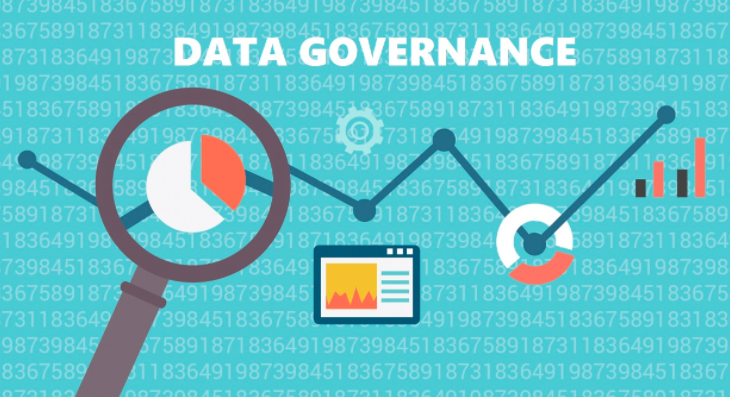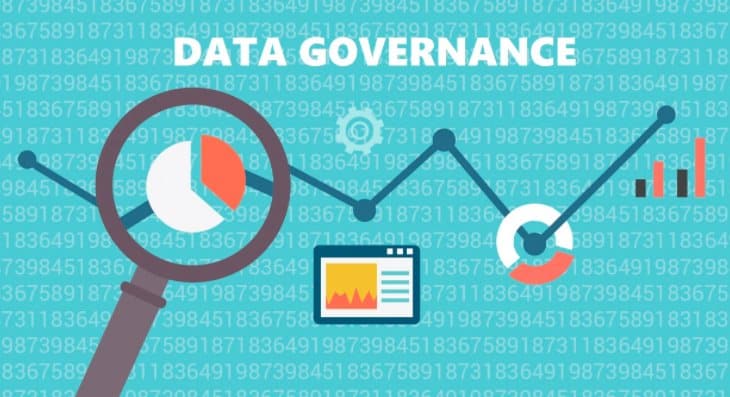Businesses are constantly collecting data from customers, thanks to everyday customer interactions and data processing demands. Data governance speaks about prudence data management in organizations. According to Experian Information Solutions, data governance is a set of processes targeted at ensuring data conforms to stipulated standards and business rules. Businesses can use the guide to control data assets and. The data governance structure encompasses all the key drivers, namely; people, process and technology.
Efficient data governance management
Different principles have been devised to ensure efficient data management through data governance. According to Carnegie Mellon University, a data set can only benefit an organization if it is utilized in decision making. The cycle is completed by extracting a clean data set, publishing its schematic and assigning appropriate data stewards. The other governing principles are publishing governance constraints and applying the rules after performing a cost-benefit analysis.

Since governance assigns responsibilities and limits freedom, publishing the governance constraints can go a long way to help data consumers make key decisions. A responsible business will analyze the value chain before propagating any responsibilities. It is important to recognize that governance principles can only be enforced when there is an authority. For this reason, the administrators must ensure the rules are strictly observed to fully realize the benefits.
Aspects of governance often reflect in an organization through the entrenchment of policies, and standards. The implementation of governance principles should only be conducted when the benefits exceed the cost. For instance, the need to implement the codes should be deferred if there are a few data sets to govern in the enterprise. The value of the data set is inculcated by the sum of the benefits they produce at the end of the data cycle.
Here is a summary of data governance implementation strategy
• Identify the main or high benefit of your decision.
• Pick only the data sets that will help you realize the purposed benefit
• Identify the producer-consumer relationship to gauge the need for implementing the data governance
• Set the constraints that will help you realize the positive value
• Review high benefit decisions and make amends where necessary
Practices that define data governance

To effectively use data governance to perform critical business processes and decision-making, all the components of the plan must be implemented to the conclusion. Businesses that have enforced data governance rules generally enjoy huge money savings and access to useful data. This is mostly because the data set in their midst is clean, standardized and accurate. The enforcement of data governance can help a business realize success in all areas of operation.
On the opposite end, poor data governance can lead to serious risks. Besides costly security-related challenges, organizations may end-up with unending regulatory compliance problems and unstructured data, which may be unhelpful in the decision in decision-making. For effective results, data governance should be implemented across the board. According to Profisee, the following data governance practices can be applied in all data phases includes:
• Start small and build a successful streak over time
• Set clear, definite and measurable goals
• Outline the ownership structure
• Identify the roles and responsibilities of team members
• Educate the stakeholders on key academic and business component of data governance
• Choose an effective operating model that integrates seamlessly with the enterprise modus operandi
• Co-opt the data governance framework into the business infrastructure and user tools
• Come up with a well-balanced standardized data definitions
• Based on priority, identify data domains and critical elements
• Outline control measurements and deploy the measures on appropriate business processes, IT applications, and reporting schedules
• Build a case that justifies data governance with respect to growth, risk, cost savings, and compliance
• Leverage the metrics by focusing on data quality KPIs
• Communicate constantly to enhance successful enforcement
When all these processes are implemented, businesses will end up with a leaner, cleaner and better data analytics, which often translates to sound decision-making and positive business outcome. Lastly, the successful enforcement of data governance requires the input of all stakeholders, including data owners, data custodians, data governance committee and data stewards. The team working under the data governance team includes data managers; solution and data governance architects; data strategies, data analyst and compliance specialists, among others.
The Profisee Edge
Profisee Group, Inc stands out from the competition as the fastest-growing data management entity in North America. This is all because the company provides faster, affordable and scalable data solutions for everyday business needs. The solutions are propagated based on industry, domain, and services. The company has maintained an unmatched reputation for delivering impeccable Microsoft Master Data Services. The company also appreciates the strategic importance of data governance in driving the brave new world of digital transformation.
To this end, the company has prioritized the awareness of data governance to help client firms appreciate its vital role in enhancing the business environment and objectives. As part of best practices, the company encourages the enforcement of data governance frameworks on all points of utilization. The company has managed to build a successful business model, thanks to its business partners, customers, and corporate culture. For more information about MDM and what is data governance is all about, simply request a demo or visit the company website.














Leave a Reply